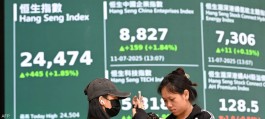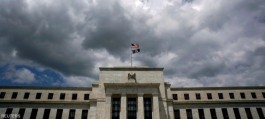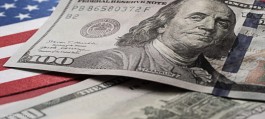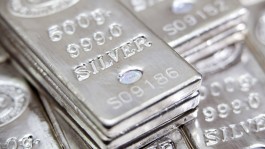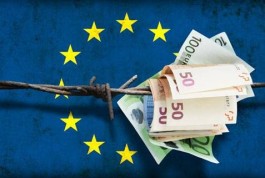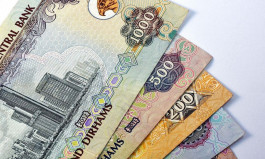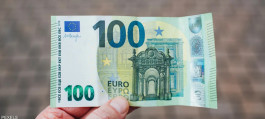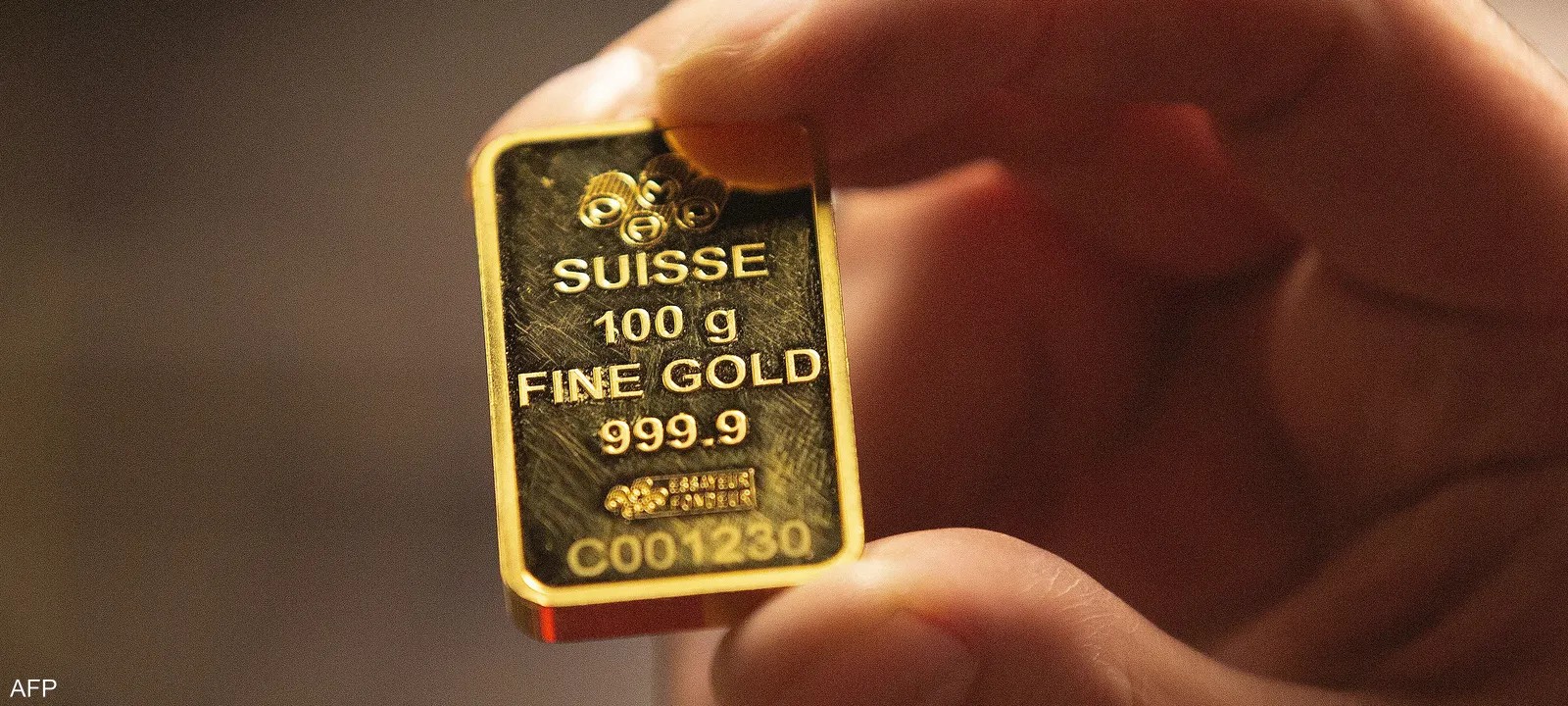Gold prices fell as the dollar rose after President-elect Donald Trump threatened to impose 25% tariffs on imports from Canada and Mexico.
Trump has said the tariffs are necessary to curb the flow of illegal immigrants and drugs across the U.S. border, and has vowed to impose an additional 10% tariff on Chinese imports. A stronger dollar makes gold less attractive, making it more expensive for buyers using other currencies.
Gold traded near $2,620 an ounce, after falling 3.4% in the previous session, as safe-haven demand slumped on signs of easing tensions in the Middle East. Israel’s security cabinet is expected to vote on Tuesday on a ceasefire deal with Lebanon’s Hezbollah, and it is likely to be approved, an Israeli official said.
Despite the recent pullback, gold has risen more than 25% this year, driven by central bank buying and the Federal Reserve’s shift toward cutting interest rates. Still, many analysts remain bullish on gold’s future, with Goldman Sachs and UBS forecasting further gains in 2025.
“Investors are anticipating a potential golden age for the US economy, supported by pro-market and crypto-friendly cabinet appointments,” said Nikki Shiels, head of metals strategy at MKS PAMP SA in Geneva. “However, gold prices are likely to stabilize in the short term at $2,500 rather than reach $3,000.”
Spot gold was down 0.1% at $2,621.45 an ounce by 8:29 a.m. in Singapore, after falling 0.8% earlier. The Bloomberg Dollar Spot Index was up 0.5%, after falling 0.5% in the previous session. Silver, platinum and palladium were also slightly lower.
Investors are now focused on the Federal Reserve’s meeting next month, with several reports due out this week that could provide clues to the decision. These include minutes from the central bank’s November meeting, consumer confidence and personal consumption spending data, which is the Fed’s preferred measure of inflation.



















